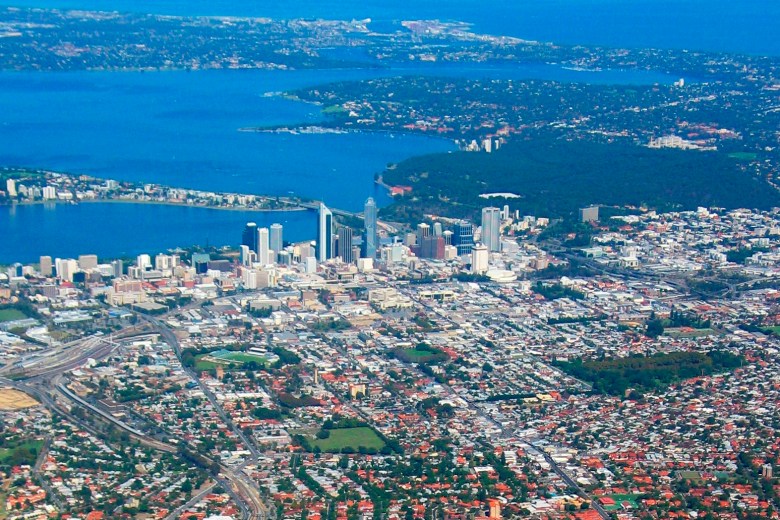
Consistent, evidence-based policies across state and local governments are essential to creating healthy communities, new research shows.
A new evaluation of the progress to improve liveability in Perth has highlighted the importance of targets for key domains as well as integrated planning across government departments and agencies.
The report by researchers at the University of Western Australia, RMIT University and Australian Catholic University builds on last year’s measure of liveability in Australia’s capital cities.
It found that while Perth had made progress in some areas, including walkability and access to bigger parks, it was lagging behind in others.
Perth is doing well in creating smaller, walkable streets and providing access to larger neighbourhood parks within 400 meters of residences.
But it’s lagging behind on dwelling density and proving access to activity centres, the report found.
The city is achieving its transport target – that 60 per cent of residents should be within 400 metres of a bus stop of 800 meters of train stop – but the researchers note the policy is “modest” compared to other state capital cities.
The report found:
“Although Perth is creating some walkable communities on the urban fringe, many of these communities are not ‘liveable’ because they lack access to transport, employment and infrastructure.”
The research team recommends that the Western Australian Government undertake “evidence-informed integrated transport, land use and infrastructure planning” and create walkable neighbourhoods as a foundation of a liveable city.
The government should also set targets for all seven urban liveability domains, including short, medium and long-term goals, the researchers said.
The report also highlighted the importance of ensuring state and local government policies are “consistent, based on evidence and designed to create healthy, liveable communities.”
Report at a glance
Walkability: 71% of residential streets in Perth meet length and width targets for walkability. Reflecting a common pattern in Australian cities, walkability in Perth is best in inner-city areas and declines towards the urban fringe
Public transport: 64% of residents in Perth achieve nearby access to public transport.
Public open space: 78% of residents in Perth are withing 400 metres of a public open space of any size, behind Melbourne and Sydney (82%) but ahead of City of Brisbane (75%).
Housing affordability: Like most other cities, Perth’s housing affordability declined between 2011 and 2016. Some 38% of lower-income households in Perth are experiencing housing affordability stress.
Employment: 31% of employed people live and work in their broader local area, high than in Melbourne (28%) and Brisbane (27%).
Comment below to have your say on this story.
If you have a news story or tip-off, get in touch at editorial@governmentnews.com.au.
Sign up to the Government News newsletter.
